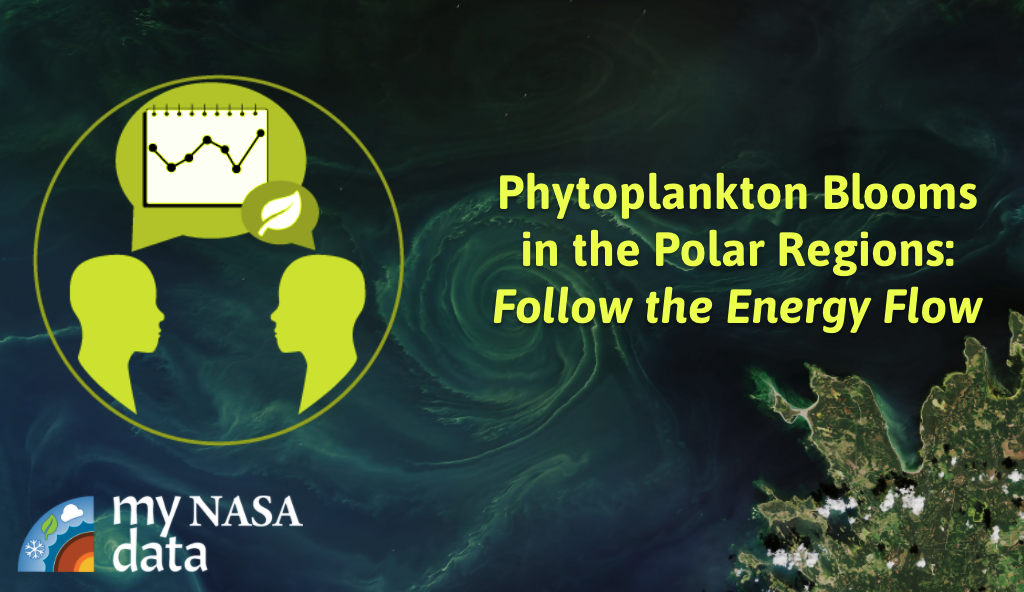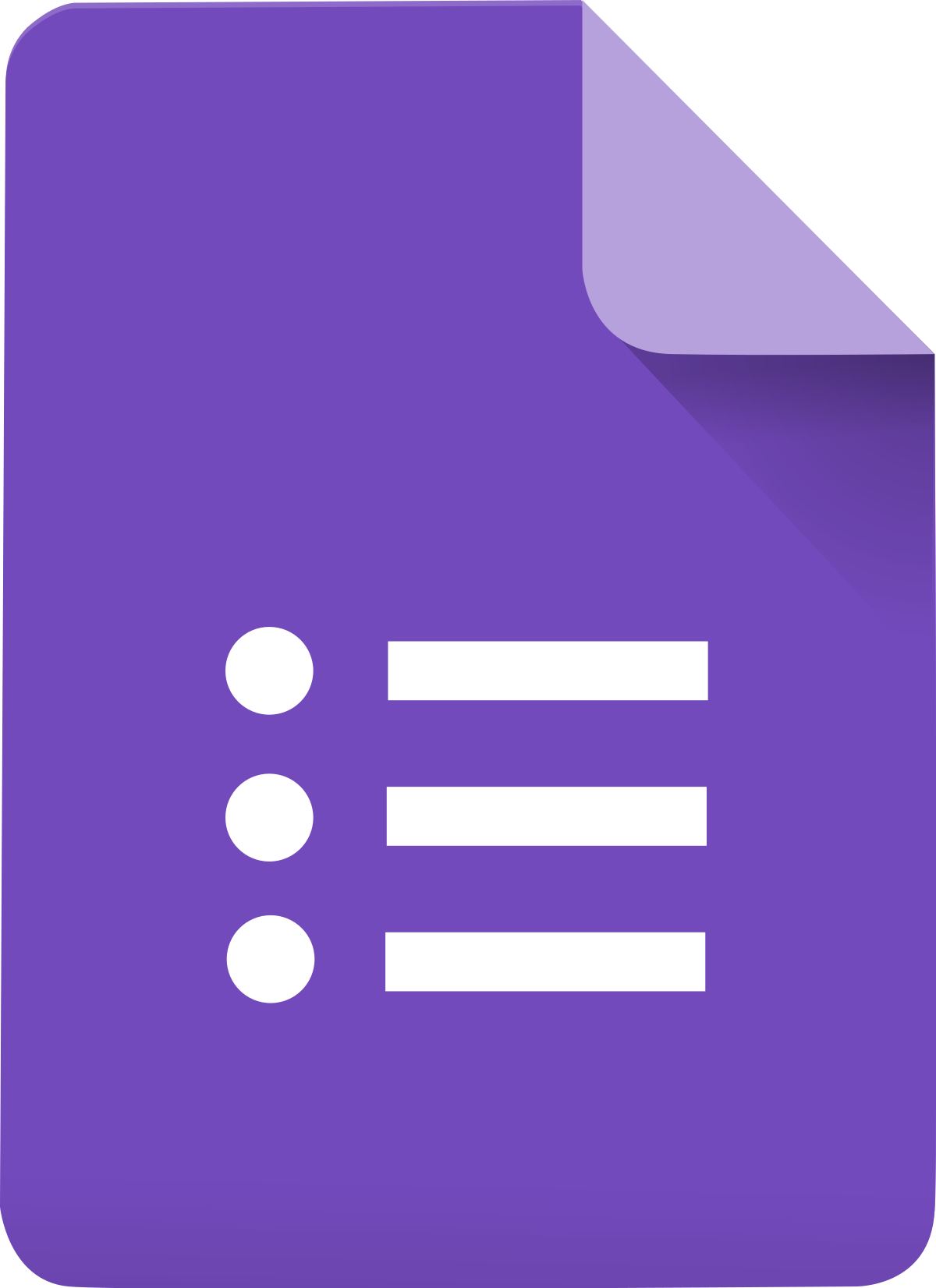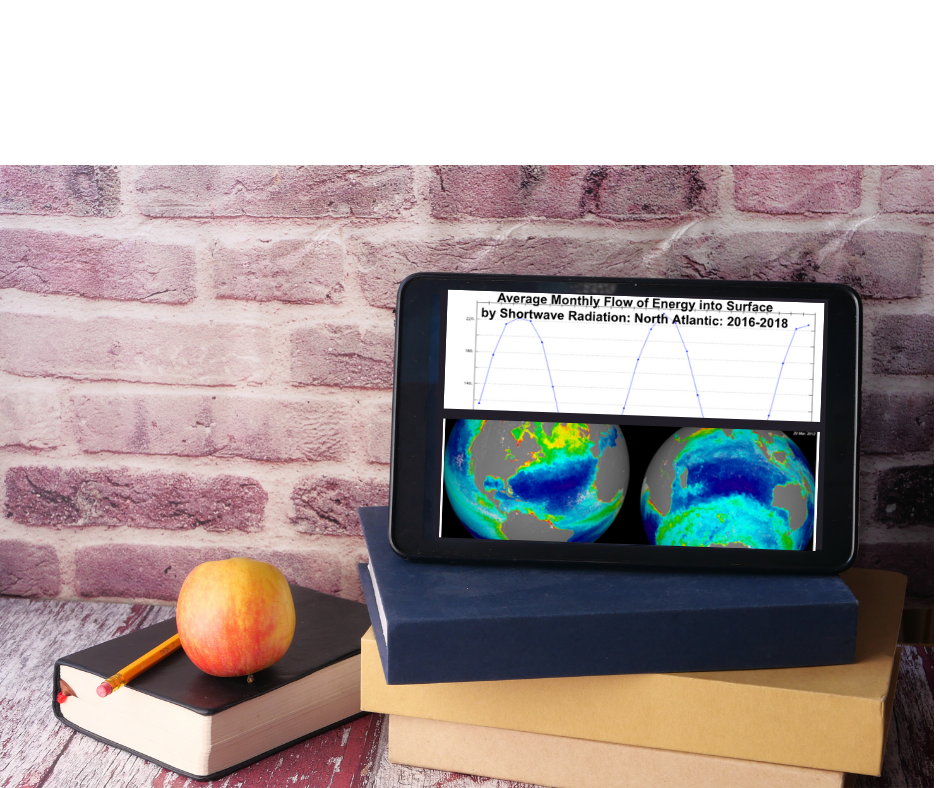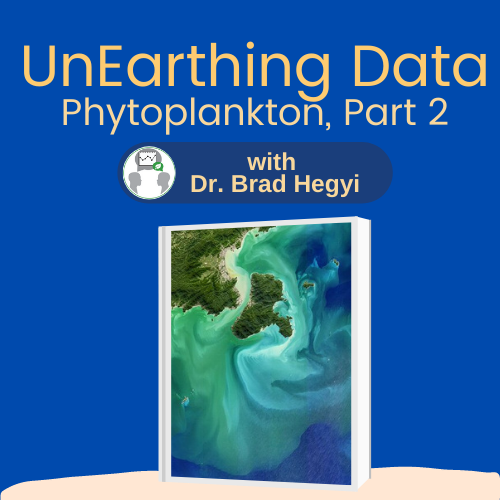Scientifically-Interesting Stories
Scientifically-Interesting Story of Phytoplankton Blooms: Follow the Energy Flow (Lesson Resources)

Are you looking for a storyline about natural resources and phytoplankton to use with your students that features data analysis? Consider using the Scientifically-Interesting Story resources in your classroom today!
This Scientifically-Interesting Story includes the following set of "tools" that teachers may use address the science practice of Data Analysis and Interpretation all within the context of understanding this important feature of the Biosphere. These resources are flexible and adaptable and may be used in a variety ways depending upon your classroom and instructional needs.
Resource Description and Intended Uses
| Tool | Purpose | Description | ||
|---|---|---|---|---|
|
Teacher Presentation |
This teacher-centered presentation weaves in various resources found in the My NASA Data Scientifically-Interesting Story of Phytoplankton Blooms in the Polar Regions and models how this data story can be unpacked for your students. This resource, and its instructional technology components, can be adapted to fit your teaching style, standards and needs of your students. These resources are offered to help you scaffold data analysis and interpretation, increase engagement, and leverage the power of NASA data for authentic learning! |
The presentation features various interactive elements ranging from the integration of Google products and the Earth System Data Explorer visualization tool. |
||
|
Interactive Models |
The three interactive models leverage the power of Geographic Information Systems (GIS) to visualize NASA and other related data to facilitate data analysis and interpretation. In each of the three models, students analyze NASA satellite data and describe the distribution of phytoplankton over time and space. They also identify patterns in chlorophyll concentration data to formulate their explanations of phytoplankton distribution. These internet-based models are designed to be used by students and/or teachers on a one-to-one device or one-to-many setting. |
|||
|
Videos |
Follow along with Subject Matter Expert, Dr. Brad Hegyi, as he models for teachers and students data analysis. The videos are perfect for students, as well as for teachers who are learning strategies to connect phytoplankton distribution with flows of matter and energy concepts. *These videos feature student response forms that may be assigned to capture students' ideas and check for understanding. In UnEarthing Data (Video, Part 1), Dr. Brad models the first two data analysis steps of a successful "data dig" in understanding phytoplankton data. Dr. Brad also gives practical tips and tricks for analyzing Earth science data. In the subsequent video, UnEarthing Data (Video, Part 2), Dr. Brad continues to model the steps of data analysis by explaining the final three steps of his "data dig". |
UnEarthing Data (Video, Part 1)
|
||
|
Earth System Data Explorer |
The Earth System Data Explorer may be used by teachers and students to analyze patterns of phytoplankton growth in an area of interest. Teachers may use this tool to include regionally-relevant examples in their instruction. Students may use the resource to explore an area of interest for research or problem-based learning projects. |
Earth System Data ExplorerAccess the relationship of phytoplankton and incoming solar radiation analyzing the following datasets:
|







